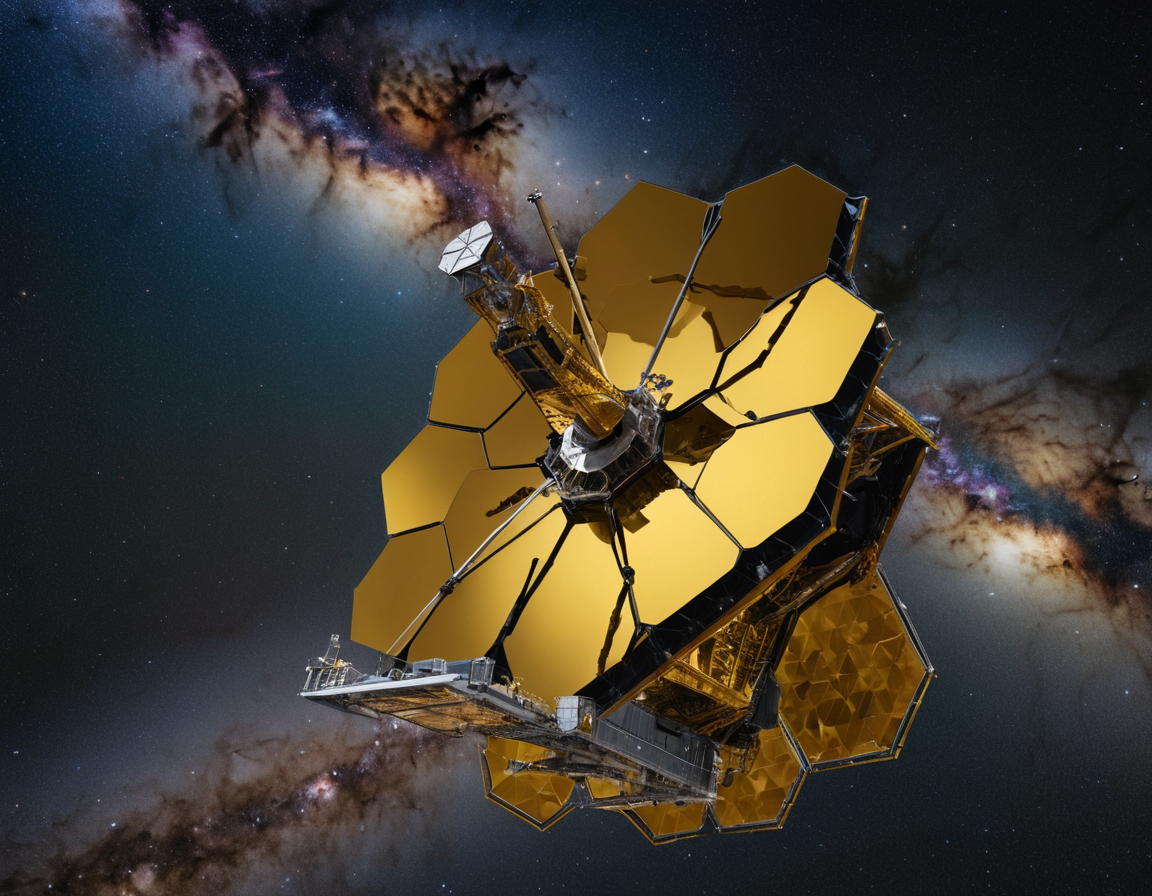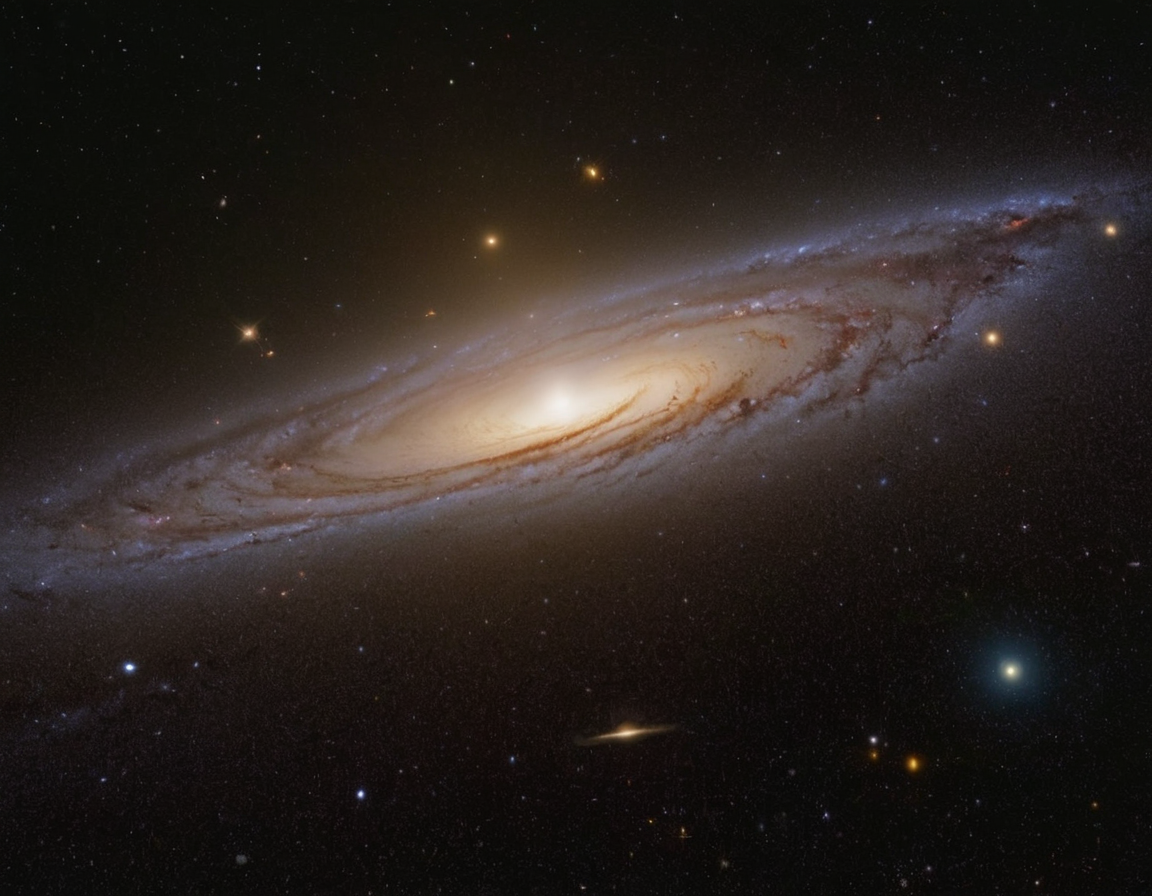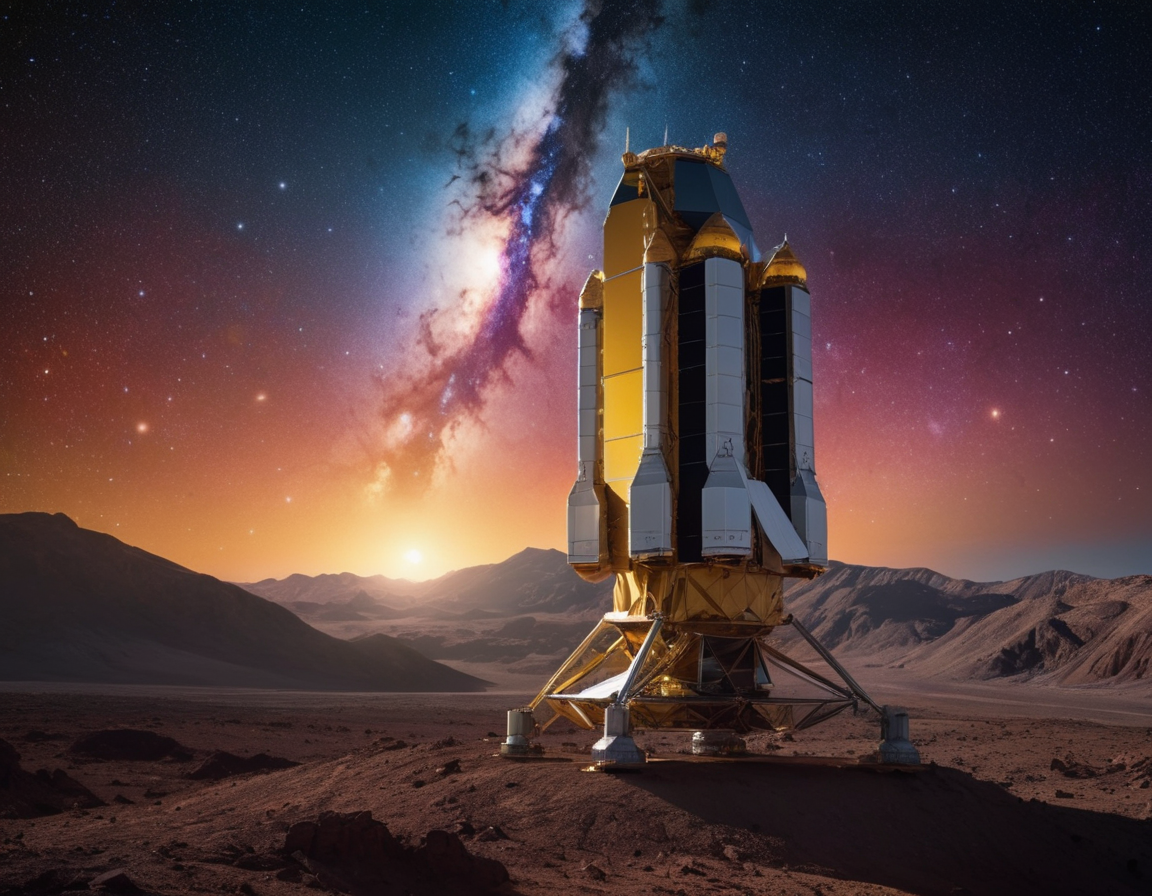Unveiling the Mysteries of the James Webb Space Telescope: Humanity’s New Eye into the Cosmos
Exploring the Universe with the James Webb Space Telescope
The cosmos has always beckoned humanity, urging us to look beyond our terrestrial confines and into the vast expanse of space. With the launch of the James Webb Space Telescope (JWST), we are stepping into a new era of cosmic discovery. Join us as we delve into the wonders of this groundbreaking observatory.

What is the James Webb Space Telescope?
The JWST is the most powerful space telescope ever created, designed to study the universe by capturing light from the earliest stars and galaxies, delving into the mysteries of black holes, and investigating the potential for life on distant planets. This monumental project is the result of a collaboration between NASA, the European Space Agency (ESA), and the Canadian Space Agency (CSA).

The JWST’s Revolutionary Technology
Several groundbreaking innovations are central to the JWST’s mission:
- Infrared Mastery: It observes high-redshift objects in infrared, which allows it to peer through dust clouds and see the universe’s ‘first light.’
- Giant Mirror: The telescope boasts a 6.5-meter primary mirror, comprised of 18 hexagonal segments, which gives it an unprecedented view of the universe.
- Location: Orbiting the second Lagrange point (L2), it is strategically positioned about 1.5 million kilometers from Earth, offering an unobstructed view of space.
These technologies empower the JWST to explore cosmic events that occurred over 13.5 billion years ago, thereby revealing insights about our universe’s infancy.

The JWST’s Mission Goals
The telescope’s mission is incredibly vast and multifaceted, with key objectives that include:
- Examining the first galaxies formed after the Big Bang
- Studying the formation and growth of black holes
- Understanding how stars and planetary systems form
- Investigating the atmospheres of potentially habitable exoplanets
By fulfilling these goals, JWST aims to shed light on some of the most profound questions about our existence and the universe.

Implications for Science and Humanity
The potential discoveries from the JWST extend beyond sheer astronomical significance; they have the power to redefine our place in the cosmos. Through its lens, we may discover that life exists or could exist in corners of the universe we never thought imaginable.
Moreover, the technological advancements realized during the development of JWST may lead to innovations in other scientific fields and industries, mirroring the legacy of its predecessor, the Hubble Space Telescope.
Conclusion: A New Dawn of Discovery
As the James Webb Space Telescope commences its mission, we stand on the cusp of a new age of cosmic exploration. With each piece of data it sends back, we come closer to answering age-old questions and asking new ones we have not yet dreamed of. It is a testament to human curiosity and our relentless pursuit of understanding the universe in which we live.

Join us on this incredible journey as the JWST becomes our new eye into the cosmos, promising to reveal secrets of the universe that have been hidden from view for billions of years.






